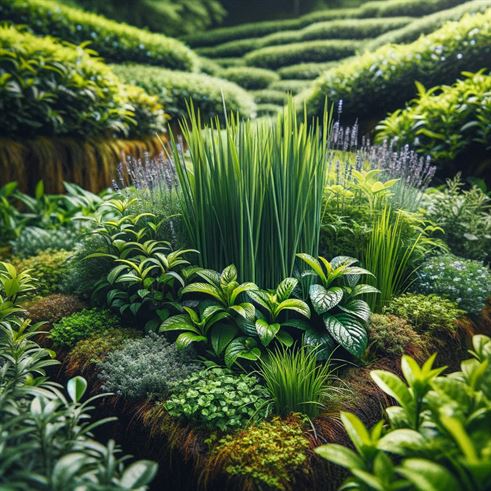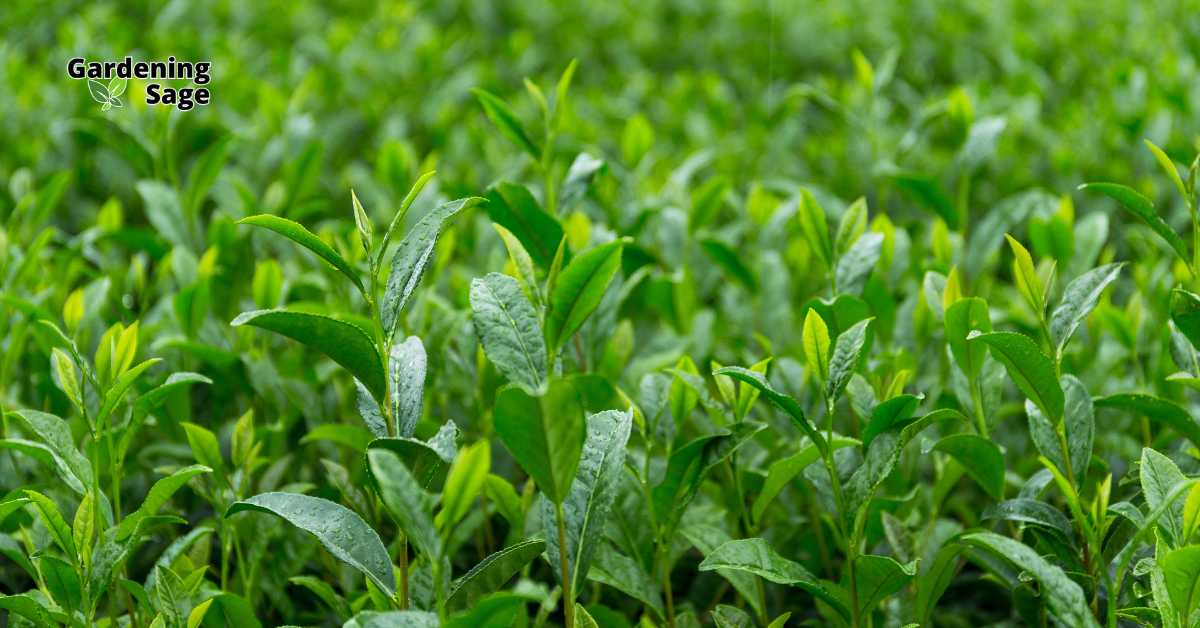Cultivating your own tea plants is more than just gardening; it’s an invitation to steep yourself in a centuries-old tradition, bringing the ancient art of tea brewing into your own backyard.
This guide will take you through the steps of creating your very own tea garden, providing insights into selecting, growing, and enjoying the leaves from your tea plants.
Exploring the World of Tea Plants
Tea, derived from the Camellia sinensis plant, is a beloved beverage worldwide. Understanding the different types of tea plants and their specific needs is essential.
Whether you’re looking to grow traditional varieties of black, green, or oolong tea, or experimenting with herbal infusions, your tea garden can be a source of both relaxation and exploration.
Selecting the Right Tea Plants
Your tea garden’s success starts with choosing the right plants:
- Climate Compatibility: Tea plants generally prefer temperate climates, thriving in USDA zones 7-9. They need a good balance of sunshine and moderate temperatures.
- Soil Requirements: Tea plants love acidic, well-draining soil. Testing and adjusting your soil’s pH levels is crucial for healthy growth.
- Variety Selection: Different tea plants offer varying flavors and properties. Research the types that will thrive in your climate and meet your flavor preferences.
Preparing Your Garden for Tea Cultivation
A well-prepared garden is the foundation of healthy tea plants:

- Soil Preparation: Amend your garden soil with organic matter to achieve the desired acidity and drainage.
- Garden Layout: Plan your garden layout, considering the space each tea plant will need as it grows. Adequate spacing prevents overcrowding and promotes air circulation.
- Microclimate Creation: If your climate is not ideal, consider creating a microclimate or using containers to control growing conditions.
Caring for Your Tea Plants
Consistent care is key to a flourishing tea garden:
- Regular Watering: Tea plants require consistent moisture, especially during dry spells, but be wary of overwatering.
- Fertilization: Use an acidic fertilizer to nourish your plants without disrupting the soil’s pH balance.
- Pruning and Shaping: Prune your tea plants to encourage new growth and make future harvesting easier.
Harvesting and Processing Tea Leaves
The harvest is the most rewarding part of growing tea:
- Timing Your Harvest: Typically, the best time to harvest tea leaves is in spring when new growth appears.
- Processing Techniques: Learn how to process leaves for different types of tea – drying for green tea, oxidizing for black tea, and so on.
- Creative Experimentation: Don’t hesitate to experiment with different processing techniques to create unique flavors.
Enjoying Your Home-Grown Tea
Brewing and enjoying your own tea is a sublime experience:
- Brewing Techniques: Experiment with steeping times and temperatures to perfect your brew.
- Tea Tasting: Enjoy the distinct flavors and aromas of your home-grown tea, noticing the nuances brought out by your cultivation and processing methods.
- Sharing the Experience: Invite friends and family to taste and appreciate the tea from your garden, celebrating your hard work and dedication.
Cultivate Your Own Lush Tea Garden
Growing your own tea garden is a journey of patience, care, and delight. From planting the first seedling to savoring your brewed cup, each step offers a unique connection to nature and the rich history of tea.
Embrace this rewarding experience and enjoy the serenity it brings.














